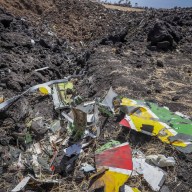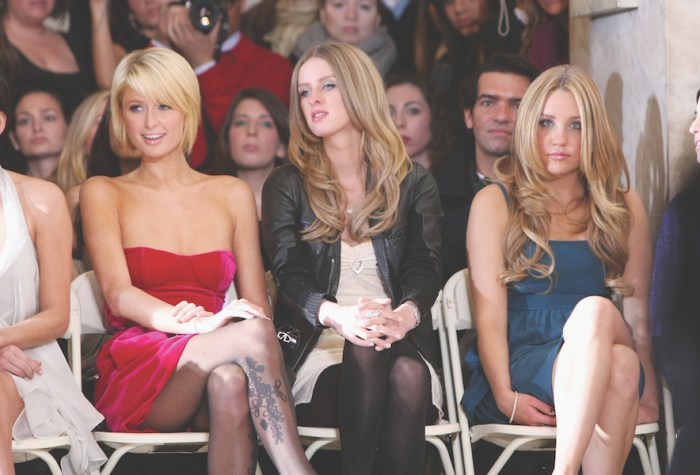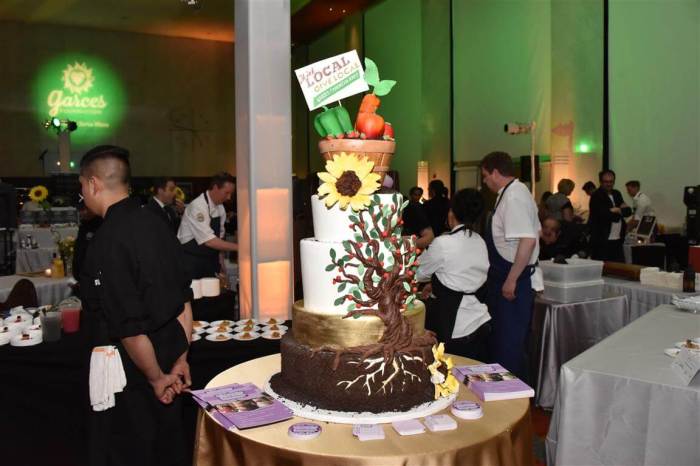In a gallery at the Brooklyn Historical Society, people milled around tables littered with a lifetime’s worth of knick-knacks and oddities. Taxidermic animals, dissected worms, Pez dispensers, rusted artifacts, political buttons, bolo neckties, bicycle seats and cocktail stirrers. These were just a few of the collections displayed at City Reliquary museum’s annual Collector’s night.
The City Reliquary, a non-profit community initiative born in Williamsburg in 2002, hosts rotating exhibits of the strange assortments that many New Yorkers amass in their homes. In the last 5 years, they have extended their community collection program to host a showcase for collectors to share their passion side-by-side with like-minded people and the public.
“It’s a chance for a collector to not be hoarder,” said Bill Scanga, president of City Reliquary. “We’re not a bunch of weirdoes. We’re really proud of our stuff.”
People collect for different reasons. “They think it’s going to be extremely valuable or it is valuable to them,” said Dr. April Benson, a psychologist and author of ‘To Buy or Not to Buy: Why We Overshop and How to Stop.’
“For some it’s an attempt to fill an emptiness they feel inside. For others, it’s about feeling in control or competing with others. But there are those for whom the consequences are positive. The admiration that comes from an outsider’s perspective who says, ‘Why didn’t I think of that?’”
Amber Maykut
New Jersey native Amber Maykut, 33, shares her Williamsburg apartment with her husband Jeb, a black cat named Salem, a dog called Charlie and more than 100 taxidermied creatures.
Maykut has been a collector since high school, starting with butterflies and moving to mice and larger animals. She hunts for pieces at stoop sales, yard sales and flea markets and also creates her own which she sells on Etsy under the banner of Hoardaculture.
“It’s bordering on hoarding,” said Maykut. “So I sell stuff to reduce my collection to a manageable size. I only want my greatest hits.”
Among her more popular pieces are the little white mice dressed up in different outfits including chef, student and groomsman. She even gives private taxidermy lessons at home.
Jason, Felix and Henry McLean
A collection that began with a single Yoda Pez dispenser in 2007 grew to more than 1,000 tiny candy holders that the McLeans proudly displayed in the basement of their home in Canada. Freelance artist Jason McLean and his two sons, Felix, 10, and Henry, 6, ran their little Pez Museum until they moved to New York two months ago.
“It cuts into my art practice,” said McLean, “but sometimes I think it might actually do better than my art.”
Moving to the city meant packing away most of the prized Pez but McLean is looking for a permanent space for the collection, the growth of which seems to have no end in sight. When will Felix, who claims credit for the entire idea, stop looking for new Pez dispensers? “Never!” he said.
The collection and the museum will soon be featured in a project by filmmaker Serena McCarroll.
Mark Splatter
A year-and-a-half ago, Mark Splatter, 36, was cataloguing goods in the Morbid Anatomy museum when he came across a specimen jar filled with house lizards. “I became fascinated with nature,” he said. “And the floodgates opened.” The house lizards became the first in a growing collection of embalmed and preserved wet specimens which now include snakes, a stingray, seahorses, mice, gophers and even chicken feet.
Although Splatter is a trained graphic designer and professional DJ, his obsession for animal anatomy now is his prime focus. He dissects and cleans animals and stores them in jars of varying size. He decorates the more popular ones, like sea horses, and has sold a few pieces. “I found a niche for a new form of expression for myself,” he said.
Connor Guadet
Connor Guadet, 32, has always been fascinated by history, so much so that he pivoted to it from his career in advertising. In 2009, he started collecting what he calls ‘Historic garbage of Red Hook.’ Poking around the waterfront, through abandoned shipyards, hopping over fences and looking through unbarred construction sites, he found little objects that he considers valuable.
“It’s garbage to those who threw it out or lost it,” he said. “For me it’s history.” From broken clay pipes and rusty nails to a World War I Naval first aid kit, Guadet has added dozens of unique pieces to his collection. His oldest find is a pipe stem that dates between 1650 and 1680.
Inspired by the thrill of discovery, Guadet went back to school in 2012, getting degrees in public history and library sciences. While he’s not probing the waterfronts of Red Hook, he does freelance historical research and works at NYU’s Bobst library.


















